@ben.wes EDIT: this brings up an important question though (which is also probably answered in the papers): are consecutive values of 1, 1, 1, -1, -1, -1 or -1, 1 allowed? not sure ... but these wouldn't be actual impulses anymore then, right?
Yes, it is answered in the paper.
@porres No, they are not allowed, according to the paper @ben.wes linked to..... https://acris.aalto.fi/ws/portalfiles/portal/13412521/applsci_07_00483_v2.pdf
The note to the screenshot he posted states.......
"Figure 1a shows the first 500 samples of an example velvet-noise sequence with these parameters.
There is only one non-zero sample seen between any two grid boundaries."
The graph has an average pulse distance (interval) of 20 samples (the chosen parameter).
So all the space between impulses in the chosen interval must be zero.
For a Pd block size of 64 (if that is chosen as the interval size) there should be just one impulse per block.
Yes.... [phasor~] is a disaster zone.... why I went for [vline~] even though that needed a control rate input.
A single impulse per interval should be easy now you have done the hard work in C.
Maybe you could add the interval size to your [./velvet~] external as a creation argument?
My patch [velvety-2] puts a lot of -0 values which looks very messy, but with an interval of 64 samples [print~] should produce just one non-zero sample per block....
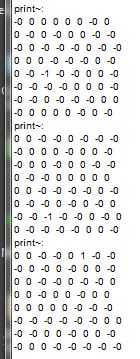
For an interval of 2 samples the output should be as per my [velvety] above.....
.... but it is not useful as there can be no time variation within the interval....
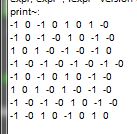
.... and of course an interval of 1 sample is impossible.... as in your current external...... because they cannot be impulses without being followed by a zero.
Your print~ above is a time modulated square wave.
Great work though.
I am jealous of those of you that have learnt to program in C.
David.


 then it's gotta be a bunch of 1/-1 ("clip noise")
then it's gotta be a bunch of 1/-1 ("clip noise")
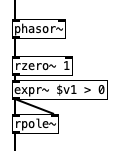
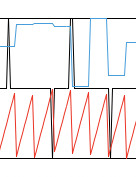
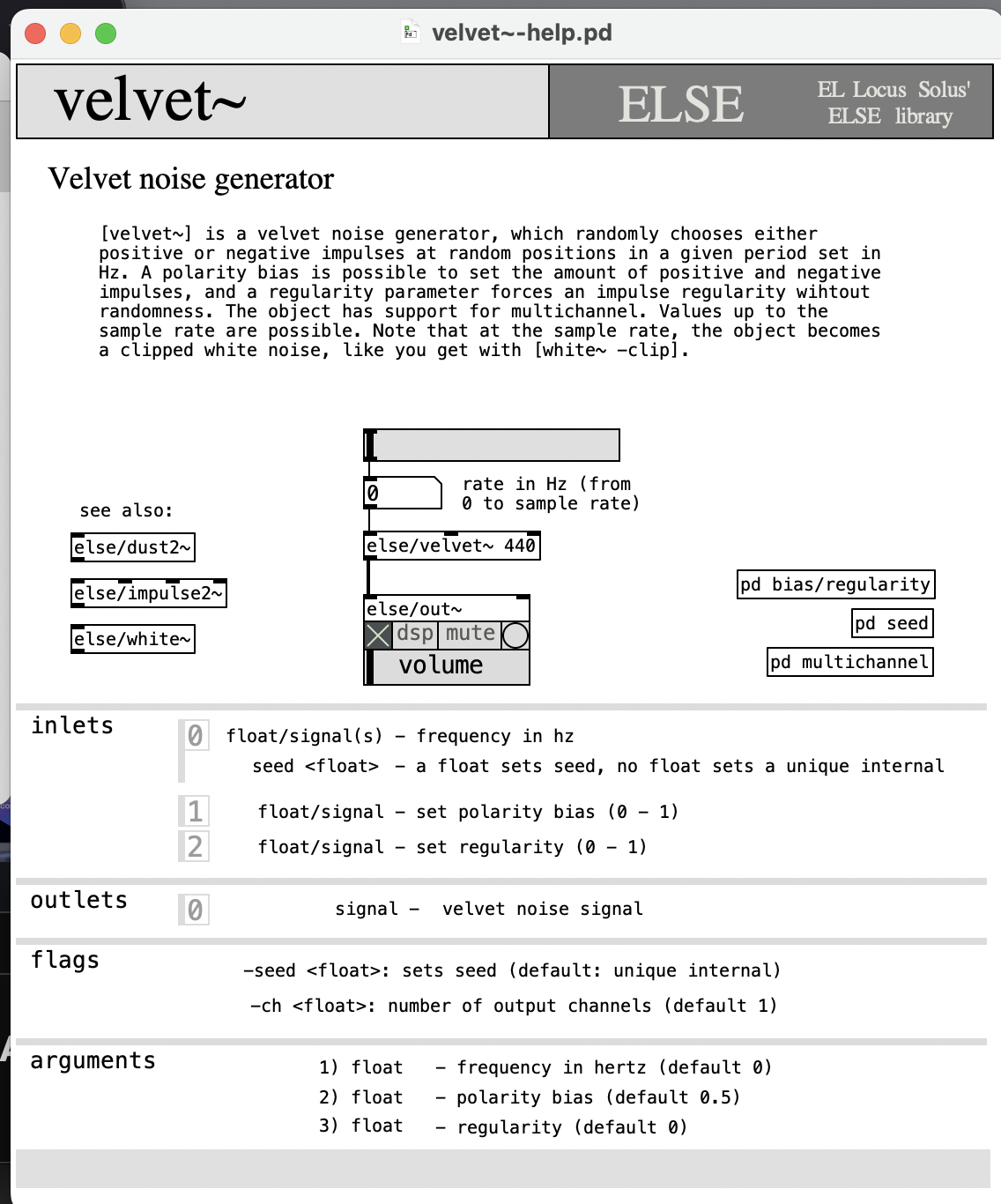
 In this case, of course, the period must never be reduced by one sample!
In this case, of course, the period must never be reduced by one sample!